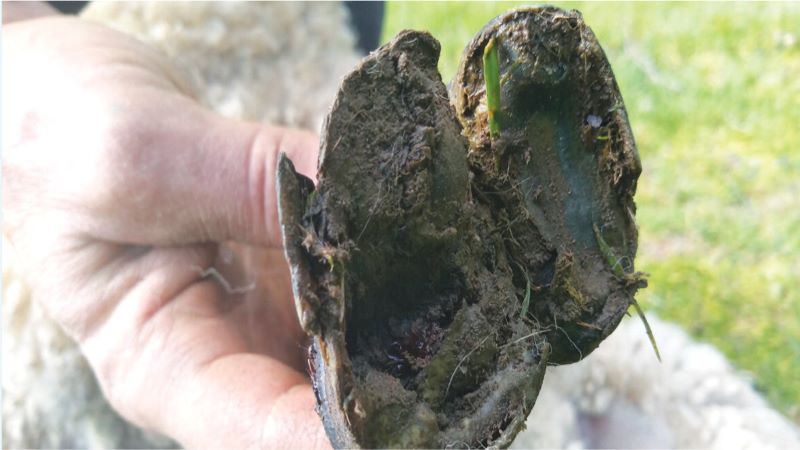Footrot control, farm assurance and antimicrobial stewardship — making use of opportunities to engage sheep farmers
Prompt treatment of individually lame sheep with parenteral and topical antibiotics without foot trimming remains the recommended best practice for footrot control, and is considered appropriate and justified antimicrobial use. Several antibiotic groups are licensed for footrot in sheep; all are effective but it would be prudent to use certain classes as a first-line treatment. Farm assurance visits and antibiotic use reviews facilitate farmer–veterinary surgeon interactions and provide an opportunity to improve flock productivity and welfare. A flock health assessment should include observation of groups of ewes to estimate lameness prevalence, examination of lame sheep to determine aetiology and a review of records to determine treatment practices.
Liz Nabb -
